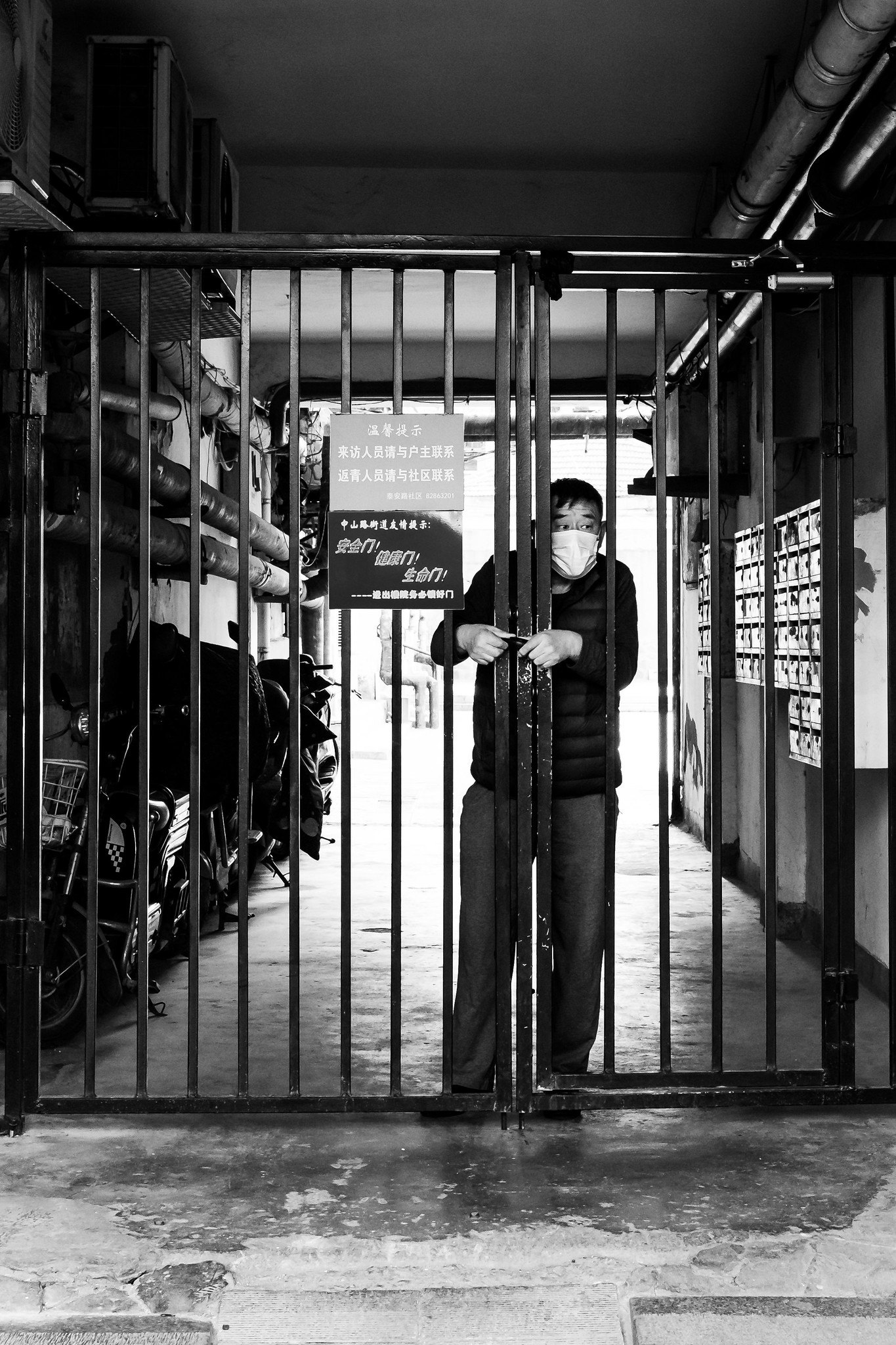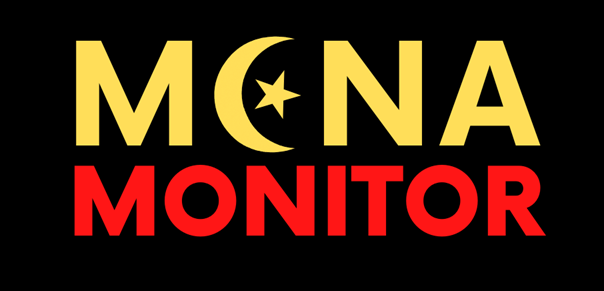
China Monitor is our brand-new program that analyses China’s economic and foreign policies. It also aims to predict the consequences of Beijing’s policy for the global economy, the EU as well as Central and Eastern European countries such as Poland.
Date: 23 September 2021 Author: Patryk Szczotka
Mass Mobilization – The CCP’s Historic Tool in Fighting the COVID-19 Pandemic
In 2020, the Chinese Communist Party (CCP) notched up a crushing victory when swiftly containing the Covid-19 pandemic in China, which was used for propaganda purposes both at home and abroad. The Chinese model of fighting the pandemic is based on the CCP’s strategy of mass mobilization.

China touted its successful effort to contain the Covid-19 pandemic to the “phenomenal leadership of the Communist Party”[1]. Regardless of this propaganda overtone, the reason for China’s successful battle is its ability to massively mobilize society. This was emphasized by He Qinghua, an official of the National Health Commission: “We must give full play to the mobilization ability of primary-level communities, including rural communities, in personnel tracking and management among efforts to curb the spread of the virus“[2].
Mao Zedong developed the Mass Line back during the Yan’an Era. It became a key to the CCP’s victory in 1949 in its civil war it waged against the Chinese Nationalist Party (Kuomintang)[3]. After the People’s Republic of China was proclaimed, the Communist Party still leaned on the strategy to attain its goals, just to quote the Great Leap Forward or the chaos of Mao’s Cultural Revolution.
Seeking to contain the Covid-19 pandemic, China sticked with its zero infection approach, closing its borders to avoid new infections and putting under lockdown any area where cases are detected to prevent the virus from spreading onto other people[4]. Yet this requires mass efforts of the entire society. When two people infected with COVID-19 were found in the city of Horgos, bordering Kazakhstan, all residents (38,376 people) were tested for coronavirus infection[5]. In addition, all tourists in Horgos Prefecture were forbidden to return home[6]. Regular people endured great sacrifices losing personal freedom and going through financial difficulties. They are associated with the economic slowdown – due to the fight against the pandemic, ports (including the Ningbo port, the second largest in the PRC) have been temporarily closed, which affects the situation in both Chinese and global supply chains[7]. The pandemic has also created problems with employment conditions, especially in factories[8]. These inconveniences directly translate into the economic situation in the PRC.
The key to a successful mobilization effort is to shape a common goal for all mobilization participants. From the Great Leap Forward to the Cultural Revolution, the party propaganda machine convinced people that the mobilization served their interests[9]. The Xi regime appealed to a similar narrative, focused on the message that combating the pandemic serves the interest of everyone[10]. China started what it named the “people’s war” against the pandemic[11].
People from various social groups got involved in the fight against the pandemic. One of the first volunteers to fight the disease were volunteers from the Communist Youth League of the city of Wuhan, but also psychologists, drivers and food suppliers[12]. The system of dividing people into “grids” by place of residence, created by the CCP’s initiative in order to make it easier for volunteers and state services to deal with the affairs of residents, was also of great help[13]. More than 42,000 doctors and medical staff were dispatched to Hubei Province, which was the first outbreak of the pandemic, and two new hospitals were built within ten days[14]. These actions are part of the classic scheme of mass mobilization in the face of the challenges posed by the CCP and seem to be strengthening China’s image both internally and on international stage[15].
Mass mobilization is indeed a tool that proved successful, but the lesson from the Great Leap Forward or the Cultural Revolution is that if there is no coordinated strategy attached, this is too little to attain goals.
[1] http://www.xinhuanet.com/sikepro/20210826/ef0bbad5edb24042bdb7224b7a7bc025/c.html
[2] http://www.xinhuanet.com/english/2020-01/27/c_138737680.htm
[3] https://www.jstor.org/stable/3516725
[4] https://www.globaltimes.cn/page/202109/1234763.shtml
[5] https://time.com/6104303/china-zero-covid/
[6] Ibidem.
[7] https://www.reuters.com/world/china/chinese-ports-choke-over-zero-tolerance-covid-19-policy-2021-08-17/
[8] https://www.npr.org/2020/02/29/810334985/as-new-coronavirus-cases-slow-in-china-factories-start-reopening
[9] https://www.jstor.org/stable/44288599
[10] http://www.xinhuanet.com/english/2020-02/11/c_138771934.htm
[11] https://www.osw.waw.pl/en/publikacje/analyses/2020-05-28/china-traps-peoples-war-against-coronavirus
[12] http://www.xinhuanet.com/english/2020-03/04/c_138843128.htm
[13] https://www.globaltimes.cn/content/1178528.shtml
[14] https://economictimes.indiatimes.com/news/international/world-news/chinas-virus-strategy-a-model-for-the-world/mass-mobilisation/slideshow/74906102.cms
[15] https://www.scmp.com/news/china/politics/article/3117765/coronavirus-how-china-can-really-win-over-sceptical-hearts-and
Support Us
If content prepared by Warsaw Institute team is useful for you, please support our actions. Donations from private persons are necessary for the continuation of our mission.
_________________________________
All texts published by the Warsaw Institute Foundation may be disseminated on the condition that their origin is credited. Images may not be used without permission.















